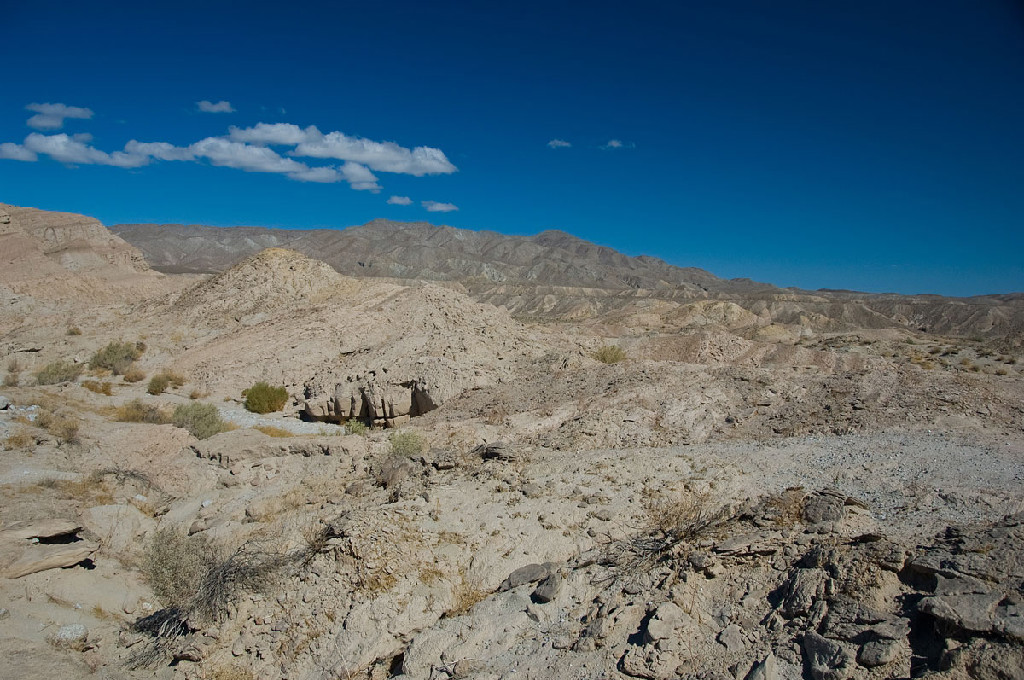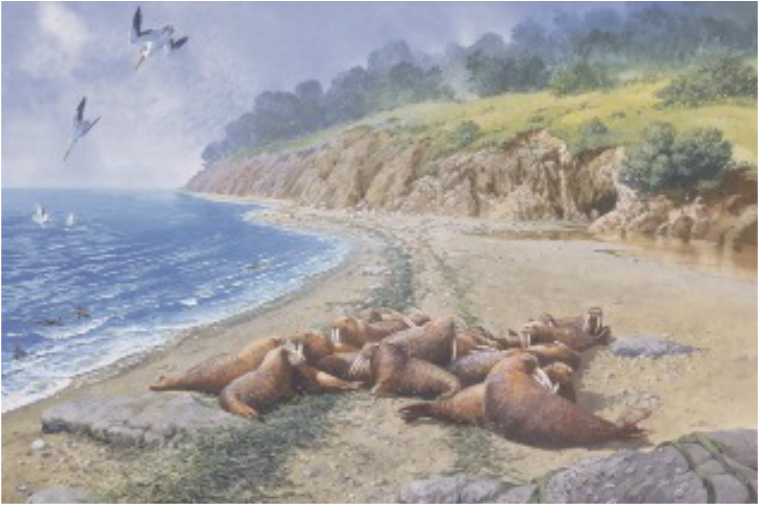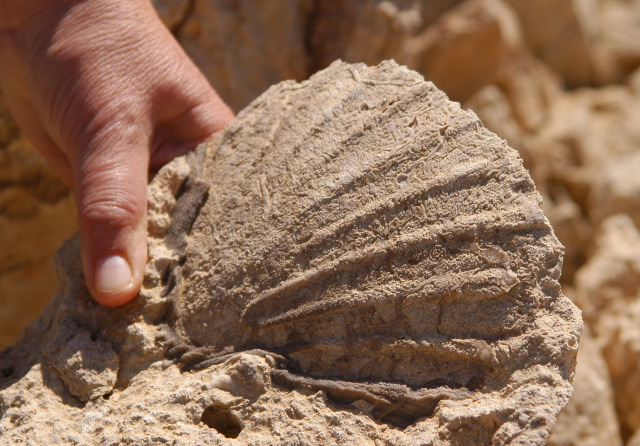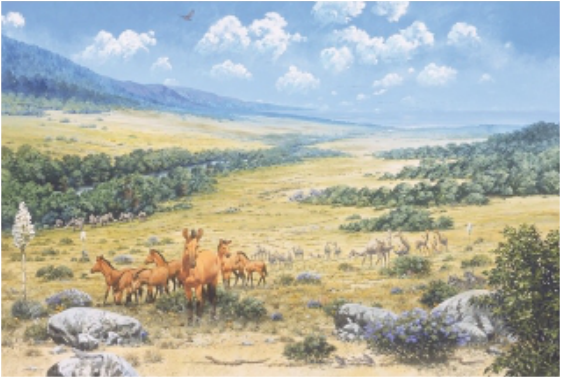The Anza-Borrego Story
The Author
George T. Jefferson, emeritis Colorado Desert District Paleontologist and former director of the paleontology program at the district's Stout Research Center, managed paleontologic resources for southeastern California's state parks. Formerly Associate Curator for the Page Museum at the La Brea Tar Pits, he has degrees in geology and paleontology from University of California, Riverside, and has spent much of his career studying fossil vertebrates of the southwestern U.S.. George was the prime mover in publishing the national award winning project "Fossil Treasures of the Anza-Borrego Desert: The Last Seven Million Years."
George T. Jefferson, emeritis Colorado Desert District Paleontologist and former director of the paleontology program at the district's Stout Research Center, managed paleontologic resources for southeastern California's state parks. Formerly Associate Curator for the Page Museum at the La Brea Tar Pits, he has degrees in geology and paleontology from University of California, Riverside, and has spent much of his career studying fossil vertebrates of the southwestern U.S.. George was the prime mover in publishing the national award winning project "Fossil Treasures of the Anza-Borrego Desert: The Last Seven Million Years."





